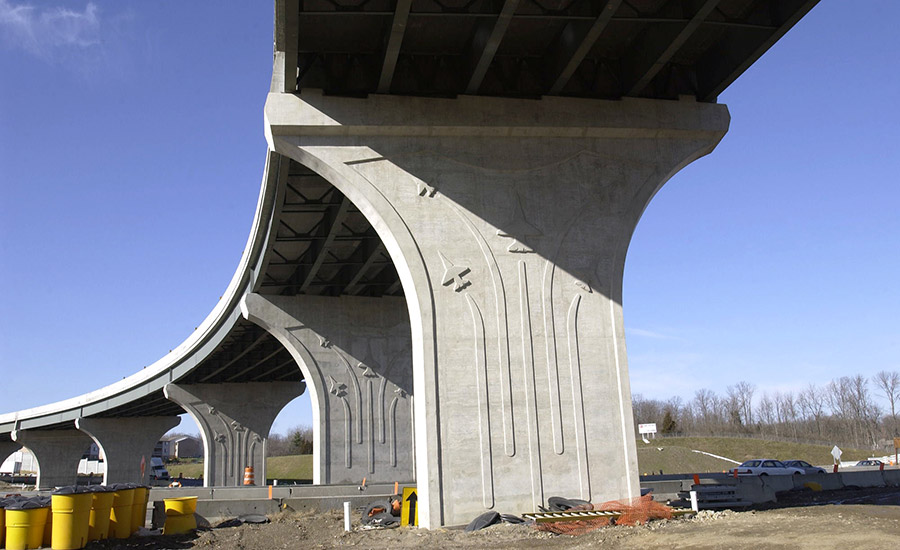The Ohio Dept. of Transportation will spend $2.8 billion this fiscal year on 950 road and bridge improvement projects this year, with 39 of the projects each valued at over $10 million. It is the largest amount the agency has ever spent on projects in a single fiscal year.
This year’s program, which covers the fiscal year from July 1, 2024 to June 30, 2025, includes laying nearly 5,700 miles of pavement—enough to pave a two-lane road form New York City to Los Angeles, according to the agency.
The construction program also will repair or improve 885 bridges in Ohio.
In northwestern Ohio, some of the projects include the I-75/County Road 99 Diverging Diamond Interchange and the U.S. 68/State Route 15 Interchange Reconfiguration, both in Hancock County.
Projects in northeastern Ohio include the I-76/I-77 Akron Beltway Reconstruction and state Route 8 Hi-Level Bridge Replacement, both in Summit County, State Route 46/ST 82 Diverging Diamond Interchange in Trumball County, State Route 21 Rehabilitation in Wayne County and the I-90 Pavement Replacement in Cuyahoga County.
For central Ohio, projects include the I-70 Reconstruction in Muskingum County, the I-70/I-71 Downtown Ramp Up in Franklin County, and State Route 435 Improvements in Fayette County.
The projects in southwestern Ohio include the 1-75 Major Reconstruction in Dayton, the 1-75 Major Reconstruction in Moraine, and the State Route 32/Brooks-Malott Safety Improvement Project in Brown County.
In southeastern Ohio, the projects include US 33 concrete pavement repair in Meigs County and the State Route 7 Reconstruction in Monroe County.
Matt Bruning, a spokesperson for ODOT, says an increase in the gas tax approved in 2019 is helping to replenish the state's motor fuel tax fund which pays for road and bridge improvements.
“That influx of cash has helped us make these investments,” he says.
Prior to the increase "we’d been looking at stagnation in the gas tax [funding]. The last time there was an increase in the gas tax had been in 2005," he said.
The tax for both regular and diesel gas was increased by 10.5 cents. The tax for regular gas is now 38.5 cents and 47 cents for diesel fuel.
Increased use of electric and hybrid vehicles also has contributed to the lag in the motor fuel tax fund, and has accelerated deterioration of roads in the state.
“They are heavier than gas vehicles so there is more wear and tear on the roads,” Bruning explains.
In response, the state has instituted fees for electric and hybrid vehicles. The annual fee is $200 for an electric vehicle and $100 for a hybrid.
Other states also have imposed fees on electric and hybrid vehicles to help pay for local road and bridge improvements. Electric vehicle owners in Indiana pay $150 a year; hybrid owners pay a $50 fee. Commercial vehicles registered in the state are exempt from the fee.





